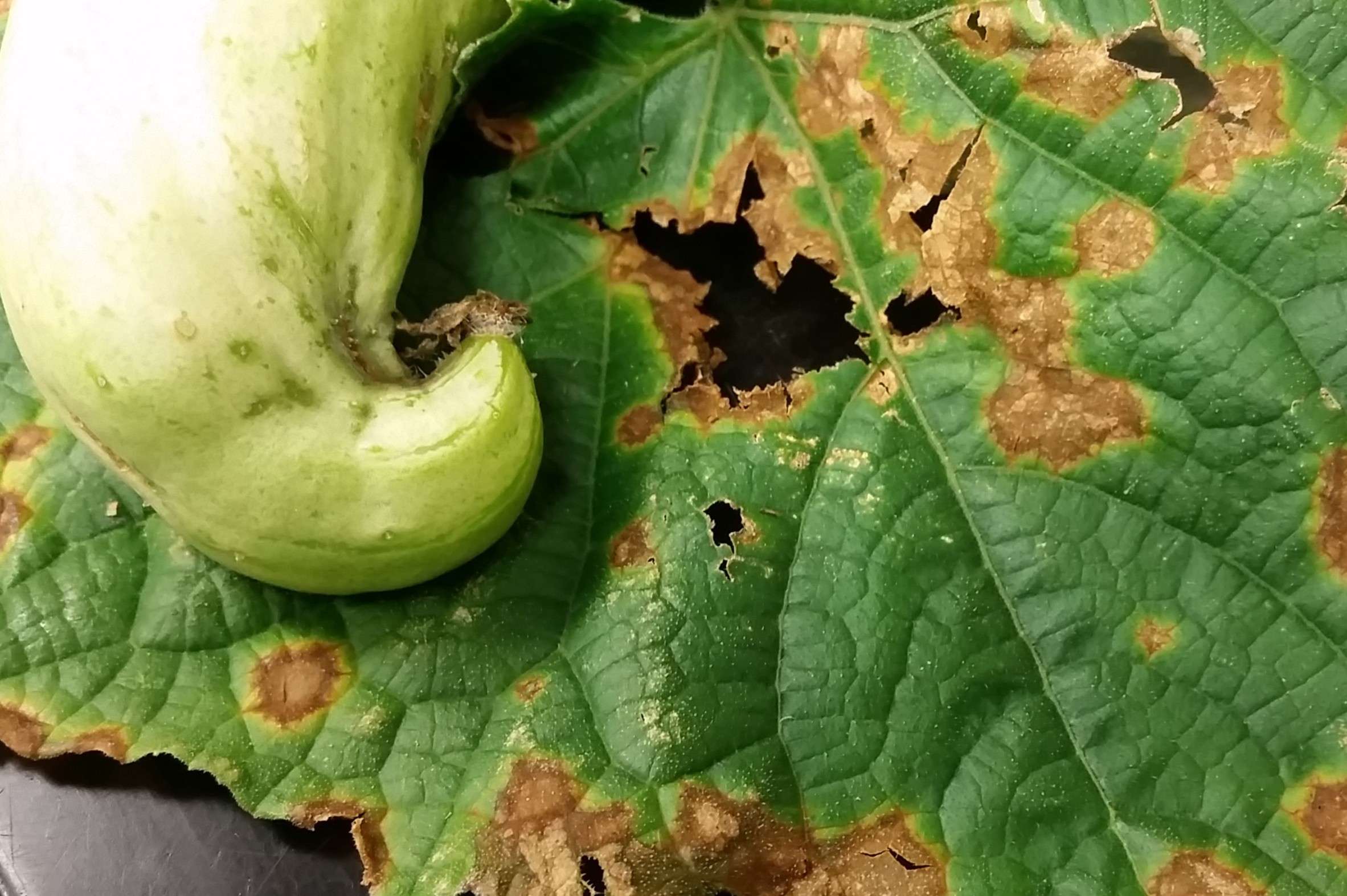
Anthracnose is a plant disease that affects a wide range of plants, including trees, shrubs, and crops. Caused by fungi, it leads to dark, sunken lesions on leaves, stems, flowers, and fruits. How does anthracnose spread? Spores are primarily spread by wind, rain, and insects. This disease thrives in warm, wet conditions, making spring and early summer peak times for outbreaks. Why should you care? Anthracnose can significantly reduce crop yields and affect the aesthetic value of ornamental plants. Understanding its symptoms, spread, and control measures can help protect your garden or farm. Ready to learn more? Dive into these 29 facts about anthracnose to become an expert in no time!
What is Anthracnose?
Anthracnose is a common plant disease that affects a wide range of plants, including trees, shrubs, vegetables, and fruits. It is caused by a group of fungi that thrive in warm, wet conditions. Here are some fascinating facts about this plant disease.
-
Anthracnose is derived from the Greek words "anthrax" (coal) and "nosos" (disease), referring to the dark, sunken lesions it causes on plants.
-
This disease can affect both leaves and fruits, leading to significant crop losses if not managed properly.
-
The fungi responsible for anthracnose belong to several genera, including Colletotrichum, Gloeosporium, and Apiognomonia.
-
Anthracnose is particularly prevalent in regions with high humidity and frequent rainfall.
-
The disease can spread through water splashes, wind, insects, and contaminated gardening tools.
Symptoms of Anthracnose
Recognizing the symptoms of anthracnose is crucial for early detection and management. Here are some common signs to look out for:
-
Dark, sunken lesions on leaves, stems, flowers, and fruits are a hallmark of anthracnose.
-
Infected leaves may develop irregular, brown spots that can merge to form larger dead areas.
-
Fruits affected by anthracnose often show sunken, dark spots that can lead to rotting.
-
In severe cases, the disease can cause defoliation, reducing the plant's ability to photosynthesize.
-
Anthracnose can also cause cankers on stems and branches, which can girdle and kill young plants.
Plants Affected by Anthracnose
Anthracnose doesn't discriminate; it can affect a wide variety of plants. Here are some examples:
-
Shade trees like sycamore, oak, and maple are commonly affected by anthracnose.
-
Fruit trees, including apple, mango, and avocado, can suffer from this disease.
-
Vegetables such as beans, cucumbers, and tomatoes are also susceptible to anthracnose.
-
Ornamental plants like roses and hydrangeas can be affected, leading to unsightly damage.
-
Turfgrass, especially in golf courses and lawns, can develop anthracnose, causing brown patches.
How Anthracnose Spreads
Understanding how anthracnose spreads can help in its management. Here are some key points:
-
Spores of the fungi are often spread by rainwater splashes, which can carry them from infected to healthy plants.
-
Wind can also disperse the spores over long distances, leading to new infections.
-
Insects can act as vectors, carrying spores on their bodies as they move from plant to plant.
-
Contaminated gardening tools and equipment can transfer the fungi if not properly sanitized.
-
Infected plant debris left on the ground can harbor the fungi, leading to reinfection in the following growing season.
Managing Anthracnose
Effective management of anthracnose involves a combination of cultural practices, chemical treatments, and resistant plant varieties. Here are some strategies:
-
Pruning infected plant parts can help reduce the spread of the disease.
-
Ensuring good air circulation around plants can minimize the humidity levels that favor fungal growth.
-
Applying fungicides can be effective, especially when used preventively during wet weather.
-
Crop rotation and planting resistant varieties can reduce the risk of anthracnose in vegetable gardens.
-
Proper sanitation, including cleaning tools and removing plant debris, is essential in preventing the spread of the disease.
Interesting Facts About Anthracnose
Here are some additional intriguing facts about anthracnose that you might find surprising:
-
Some fungi causing anthracnose can survive in soil for several years, making eradication challenging.
-
The disease can affect both young and mature plants, although young plants are often more severely impacted.
-
Anthracnose has been known to cause significant economic losses in agriculture, particularly in fruit and vegetable production.
-
Research is ongoing to develop more resistant plant varieties and effective biological control methods to combat anthracnose.
Anthracnose: Key Takeaways
Anthracnose is a sneaky disease affecting plants worldwide. It thrives in warm, moist conditions, making it a common problem in gardens and farms. Recognizing the symptoms early, like dark lesions on leaves and fruits, can save your plants. Effective management includes proper sanitation, resistant plant varieties, and timely fungicide applications.
Understanding anthracnose helps in preventing its spread. Regularly inspect plants, remove infected parts, and avoid overhead watering to reduce moisture. Crop rotation and balanced fertilization also play crucial roles in keeping this disease at bay.
By staying vigilant and proactive, you can protect your plants from anthracnose and ensure a healthy, thriving garden. Knowledge is power, and with these tips, you're well-equipped to tackle this plant disease head-on. Happy gardening!
Was this page helpful?
Our commitment to delivering trustworthy and engaging content is at the heart of what we do. Each fact on our site is contributed by real users like you, bringing a wealth of diverse insights and information. To ensure the highest standards of accuracy and reliability, our dedicated editors meticulously review each submission. This process guarantees that the facts we share are not only fascinating but also credible. Trust in our commitment to quality and authenticity as you explore and learn with us.
